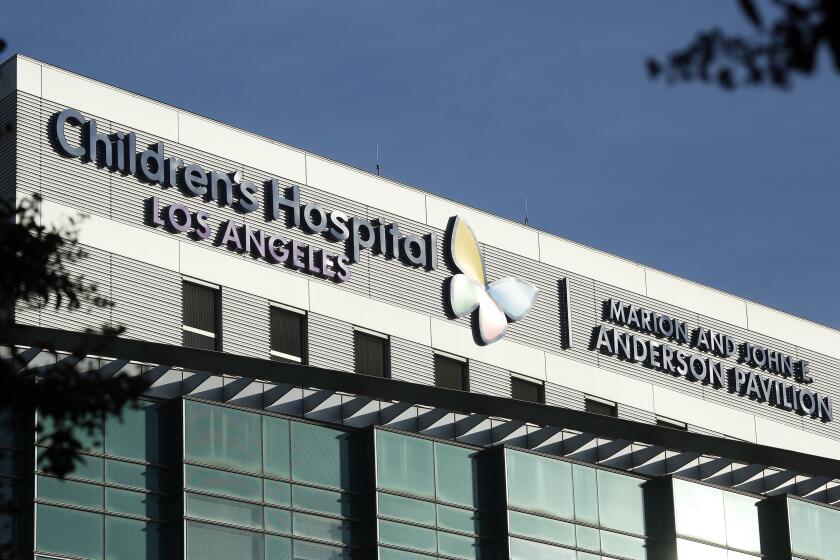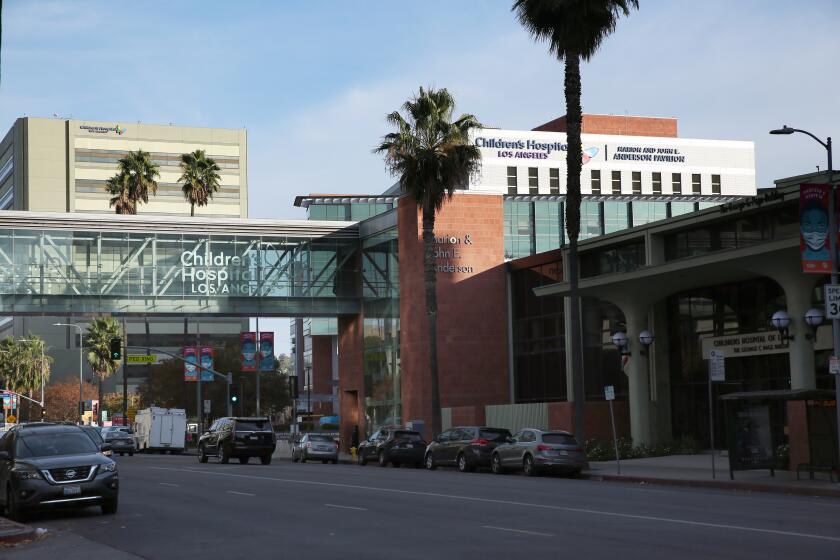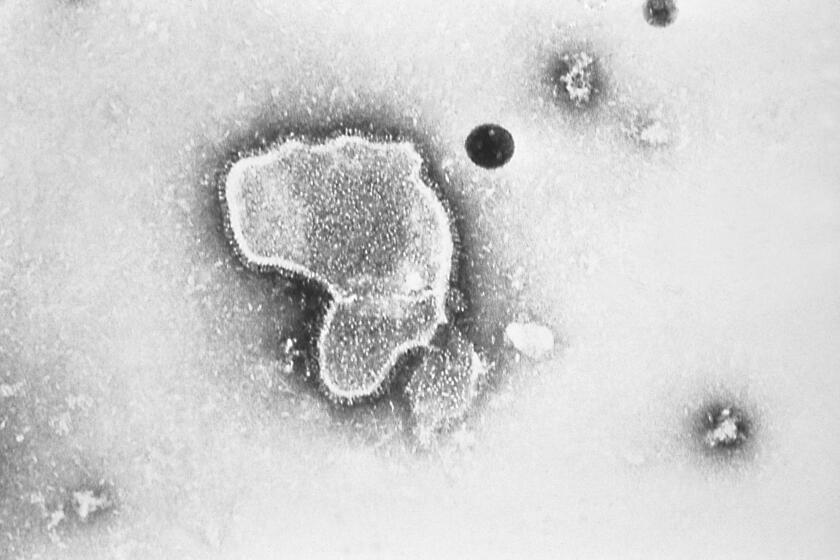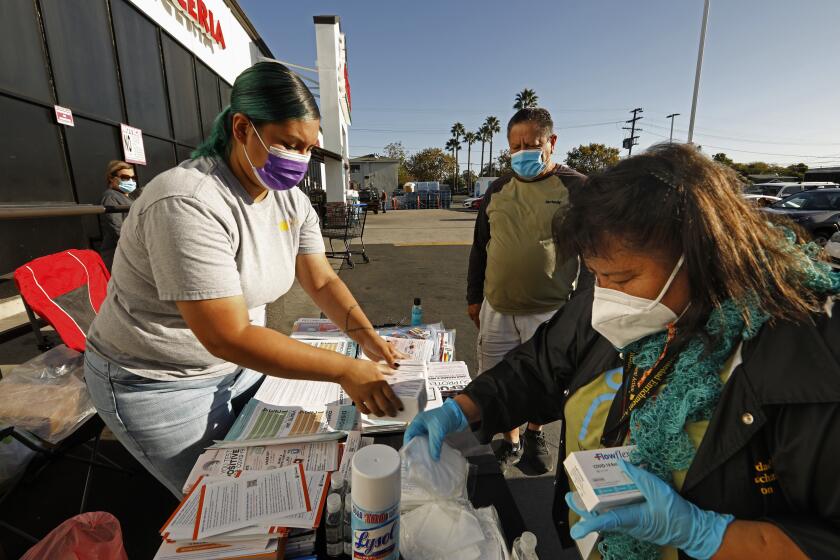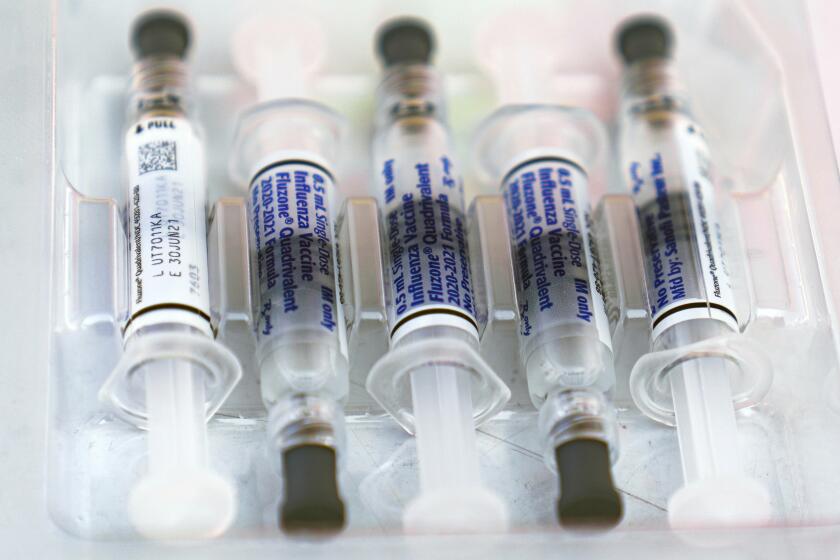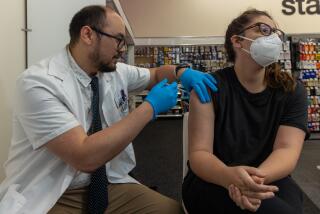Orange County declares health emergency as RSV surges; cases also rising in L.A.
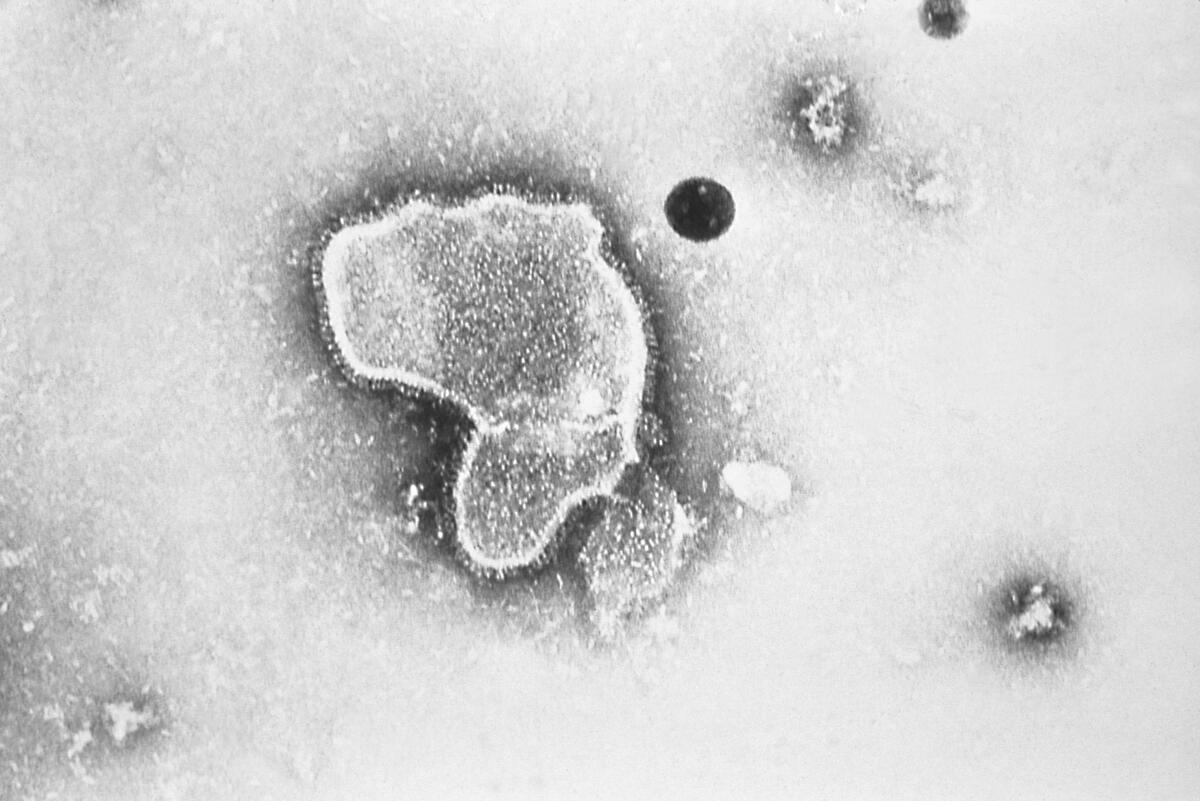
Rapidly spreading viral infections have pushed pediatric hospitalizations and daily emergency room visits to record levels in Orange County, prompting officials to declare a health emergency.
The county, like the rest of California, is facing a viral triple whammy: continued circulation of the coronavirus, seasonal rise of the flu and heightened spread of respiratory syncytial virus, or RSV, a respiratory illness that can be dangerous for small children.
Children’s hospitals can quickly become strained when viruses surge because relatively few beds are available to begin with. Orange County, for instance, has only two hospitals dedicated to caring for children, and both “have been operating at or beyond their capacity to care for pediatric [patients] with respiratory illness,” county health officer Dr. Regina Chinsio-Kwong said Tuesday.
Issuing an emergency declaration — which Chinsio-Kwong did late Monday — offers the government the ability to require hospitals that don’t typically treat children “to care for them if and when we need it,” she said. That flexibility could prove useful in the months ahead, when many officials expect both the coronavirus and influenza to become more active.
“I’m concerned with what the future holds,” Chinsio-Kwong said. Should flu and RSV cases surge simultaneously, “we’re in trouble. And typically those two viruses do affect our younger kids. And there’s only so many beds that a pediatric hospital has to care for the very sick.”
With Orange County declaring a health emergency due to high RSV cases, concern about the virus is peaking. Here’s what you should know about it.
Children’s Health of Orange County, which operates a primary hospital in Orange and a smaller facility in Mission Viejo, is seeing “unprecedented volumes,” both in inpatient units and the emergency room, for all reasons, according to Melanie Patterson, vice president of patient care services and chief nursing officer.
At the CHOC hospital in Orange, more than 400 pediatric patients are being seen each day in the emergency room. About 15% of children seen in the ER are admitted.
On Tuesday, there were 285 admitted patients at the 334-bed CHOC hospital in Orange; one year ago, there were 188.
“So that is a gigantic surge for us,” Patterson said.
At CHOC’s 54-bed Mission Viejo hospital, there were 43 admitted patients Tuesday, up from 28 on the same day a year ago.
Other California hospitals also are reporting that an early-season RSV surge is worsening. Dr. Daisy Dodd, a pediatric infectious disease specialist for Kaiser Permanente in Orange County, said the “influx has been significant, and it has been much sooner” than typical, although the healthcare system continues to be able to meet demand.
RSV normally peaks in winter, but cases have increased in October as some California children’s hospitals are becoming overwhelmed.
So far, Los Angeles County public health officials said they haven’t seen any major increases in pediatric hospital bed occupancy.
Still, individual hospitals report being very busy. Dr. James Stein, chief medical officer at Children’s Hospital Los Angeles, said in a statement that the facility is able to admit children from its emergency room. But the ER is so busy, and its available capacity so stretched, that CHLA cannot always accept transfers from other hospitals.
Children are increasingly testing positive for RSV at the L.A. hospital, with a positivity rate of 38%, up from 31% the prior week. Both figures exceed the peak during all of last winter, which was 24%, according to Marisa Glucoft, the hospital’s executive director for quality and safety.
Dr. Christina Ghaly, director of the L.A. County Department of Health Services, said many hospitals don’t have large numbers of pediatric beds, meaning that even small increases can have a major impact.
For example, if a hospital has 12 pediatric ICU beds and six are already occupied, she said, “you can really pretty quickly get up to 100% capacity just by admitting six patients. And then, depending on what their turnover is and how long they’re in the hospital, you can see how very quickly you run into a difficult situation.”
“Thankfully, right now we don’t have a serious problem, but realize how quickly it can change,” she told the county Board of Supervisors on Tuesday.
RSV is highly transmissible, but for otherwise generally healthy adults and older children, it is more of a nuisance than a serious threat. However, babies are particularly vulnerable because the virus attacks the very small airways that lead to their lungs, causing them to become inflamed.
Substantial mucus production can block airways. While adults and older children can simply cough it up, babies may need extra help breathing. Those at highest risk are newborns and infants in their first year of life, especially those under 6 months.
Premature infants, babies with underlying cardiac disease or chronic lung problems, and children with weakened immune systems are at higher risk, too, as are the elderly.
A new study suggests vaccinating pregnant women protects their newborns from the common but scary respiratory virus called RSV.
Specific warning signs that a baby needs urgent medical attention include:
- breathing faster than normal, with their chest drawing inward and their nostrils flaring
- dehydration, including to the point of crying but shedding no tears
- not producing a wet diaper within seven or eight hours
- refusing to feed
- turning blue around the mouth because of a lack of oxygen
For children ages 3 or 4, warning signs could include wheezing and breathing rapidly. Severely ill children may need oxygen or other support at a hospital to help them breathe, including being placed on a ventilator.
“It’s not just the little kids. We have 5-, 6-year-old kids in the hospital right now,” Dodd said.
Annually, an estimated 58,000 children under age 5 are hospitalized with RSV nationally, leading to 100 to 500 deaths. Among those 65 and older, an estimated 177,000 are hospitalized a year, with 14,000 deaths.
“Our best shot at protecting ourselves and our children from respiratory illnesses continues to be the same things we practiced throughout the pandemic, including the use of masks when indoors around others and staying home when you are sick,” Chinsio-Kwong said.
The rise of the new coronavirus subvariants is raising concerns of a possible COVID-19 resurgence in fall and winter, as past surges were driven by emerging variants.
RSV is hitting many parts of the nation particularly hard, possibly because transmission has been relatively dormant for the last two years and there are many young children who have little immunity to the virus. Dr. Ashish Jha, the White House’s COVID-19 response coordinator, estimated last week that about 90% of kids end up contracting RSV at least once by the time they’re 2 years old. But “because of the pandemic, some of the kind of standard patterns have been disrupted, so we’re seeing a lot of RSV at once,” he said.
The percentage of respiratory specimens testing positive for RSV in L.A. County is also at its highest level for the last five years. About 12% of specimens are testing positive for RSV, up from around 6% to 7% last October and less than 1% during the prior three Octobers.
Among children younger than 5, 7% of ER visits are related to RSV or acute bronchiolitis, a swelling of the airways that is typically caused by RSV. That’s higher than at any point in the last three years.
“As with the flu, we cannot predict whether this is an early peak or start to a severe season. But we do know that RSV activity is unusually high for this time of year and warrants caution,” Ferrer said.
After a pandemic-induced lull, influenza is being detected at increased levels for this time of year in Southern California.
A “triple whammy of all three viruses circulating at the same time could lead to strains on the already overburdened medical system,” San Diego County health officials wrote in a statement late last week.
“As we see a sharp increase of flu and RSV cases, I am urging San Diegans to do their part to prevent the spread of illnesses,” said county Public Health Officer Dr. Wilma Wooten. “While there’s no vaccine for RSV, ample vaccinations are available for the flu and COVID-19.”
In both cases, Wooten noted that the vaccines “take two weeks to become fully effective, so people should get both shots as soon as possible.”
More to Read
Sign up for Essential California
The most important California stories and recommendations in your inbox every morning.
You may occasionally receive promotional content from the Los Angeles Times.
